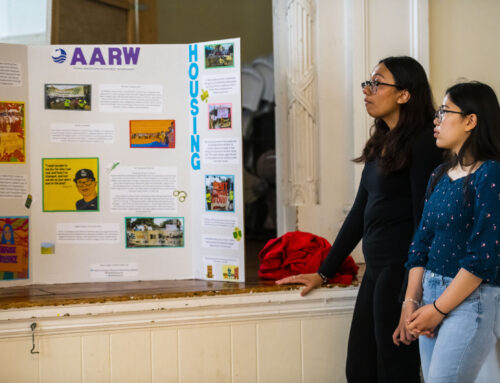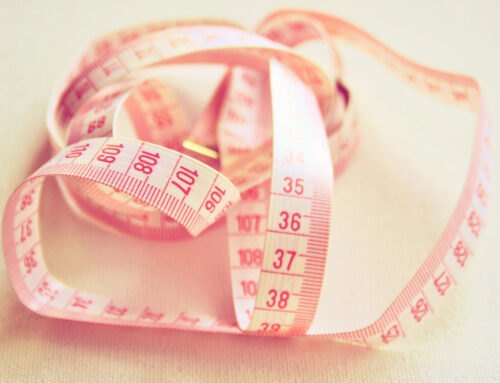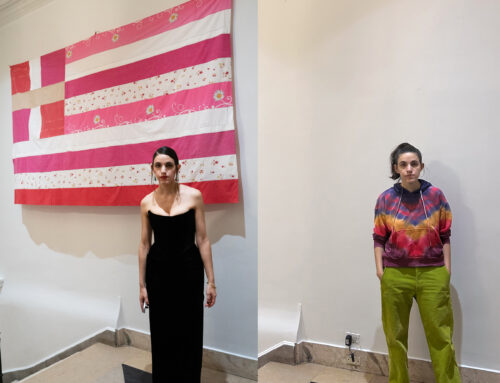October 18, 2019. A day for the books. Two of NASA’s astronauts, Jessica Meir and Christina Koch, made history as the first women to participate in an all-female spacewalk. Now, why is this walk historical? Let us look at some numbers:
1. There have been 227 people who have walked in space, and only 14 of those have been women. Meir is now the 15th.
2. In 1984, Svetlana Savitskaya, a Soviet cosmonaut, was the first woman to spacewalk. To put that in perspective, this achievement was made twenty years after cosmonaut Alexei Leonov became the first man to spacewalk in 1965.
3. Every woman who has gone to space has had a male counterpart to accompany her. Up until recently, no two women have ever spacewalked together.
These are only a few statistics that display the legacy of sexism in the space program. The spacewalk was actually planned for March of this year but was postponed because NASA did not have two spacesuits that fit. NASA not only delayed the spacewalk, but they also switched one of the originally chosen astronauts, Anne McClain, to Jessica Meir. Since McClain had already done a spacewalk, NASA wanted to give the opportunity to another female astronaut. The decision to postpone the all-female spacewalk simply due to a lack of a female-fitting spacesuit resulted in a national outcry, including an SNL video on the situation.
Jessica Meir and Christina Koch were both part of NASA’s 2013 class of eight astronaut trainees. This class was historic because it was the first to include an equal ratio of men to women. Up until 1978, women were not even allowed into the astronaut program. Currently, there are 38 active astronauts and 12 of them are female. This means about one in three astronauts is female, which although may be a step from decades ago, still has progress to be made.
In an interview, Christina Koch explains the significance of the spacewalk: “In the past women haven’t always been at the table. It’s wonderful to be contributing to the space program at a time when all contributions are being accepted when everyone has a role… There are a lot of people who derive motivation from inspiring stories of people who look like them, and I think it’s an important story to tell.”
Having two women step out into space, rather than one woman and one man, showcases a powerful image of women working together. Not just to meet a diversity quota working with another man, Meir and Koch show the value in their collaboration.
Seeing Meir and Koch step into space allows young girls who are aspiring to become astronauts, dreaming to step into male-dominated industries, see themselves in their shoes. Rather than allowing the gender inequities of their dream roles sway them, young girls can see how they can be the women to change them.
Times are changing, superstructures are changing—and so should gender roles.




